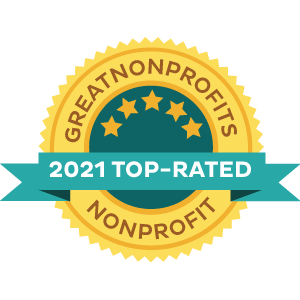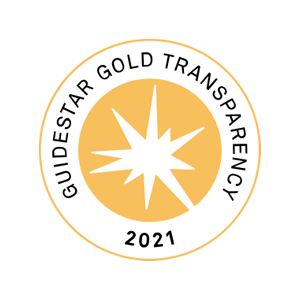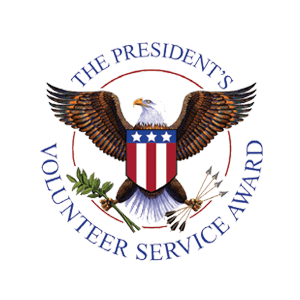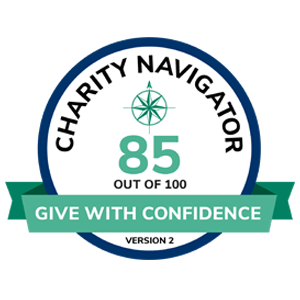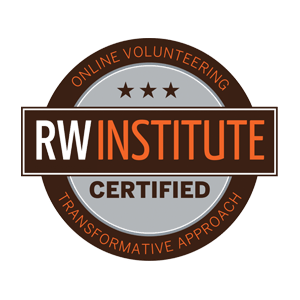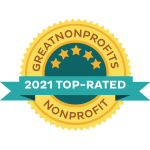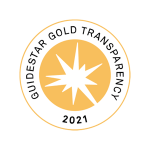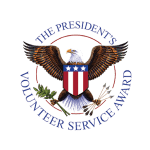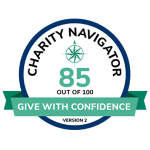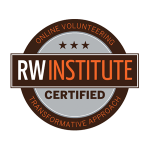Adopt a Village Project
Facts about AVP
Adopt a Village Project (AVP)
AVP is an umbrella initiative, not necessarily a stand-alone program. It has given us a geographic scope in which to implement the below programs which seek to address gaps and needs that were identified in a literature review, needs assessment and baseline survey and encompasses the following projects…
1: Healthcare
- Mobile Clinics and Primary Healthcare: Bringing Care to the Most Vulnerable
- Cataract Operations: Restoring Vision, Transforming Lives
- Hearing Aids: Enabling Communication, Fostering Inclusion
2: Addressing Malnutrition
- Food Distribution: Fighting Hunger, Nourishing Lives
3: Access to Clean Water
- Water, Sanitation, and Hygiene (WASH): Promoting Health through Clean Water
4: Access to Education
5: Empowering Orphans / Breaking the Cycle of Poverty
6: Empowering Impact: In-Kind, Medical equipment and Medicines Delivery-
Phase (1) Completed:
To improve learning outcomes for the school children in Elmi Primary school.
Completed Outputs,
School renovations:
- UMR renovated the classrooms.
- Constructed VIP latrines.
- Constructed a perimeter fence.
- Construction of a dining hall and kitchen and provided Water by drilling a borehole and installed solar power for lighting the school.
Provision of Learning Materials:
UMR provided textbooks, school backpacks and Other scholastic materials
Phase (2) :
a) Eye center:
In collaboration with Wajir County, UMR is establishing and equipping an Eye Care Center in Wajir County, Kenya. The purpose of this center is to offer comprehensive eye care services to the community, focusing on cataract surgeries and primary healthcare for eye conditions. The center aims to prevent and treat cataracts regularly. UMR also plans to conduct outreach campaigns in Wajir County and other Eastern Kenyan counties to raise awareness, provide screenings, and offer treatments. This initiative showcases UMR’s commitment to addressing eye health needs and improving the local community’s well-being. This ongoing project encompasses a wide range of eye conditions beyond cataract operations. It aims to address various eye problems, including:
- Glaucoma: A group of eye conditions characterized by optic nerve damage, often caused by increased eye pressure.
- Age-related macular degeneration (AMD): A progressive condition affecting the central part of the retina (macula), leading to central vision loss.
- Refractive errors: Including nearsightedness (myopia), farsightedness (hyperopia), and astigmatism, resulting in blurred vision that can be corrected with glasses, contact lenses, or refractive surgery.
- Dry eye syndrome: A condition where the eyes do not produce enough tears, leading to discomfort, redness, and a gritty sensation.
- Conjunctivitis (pink eye): Inflammation of the conjunctiva, causing redness, itching, and discharge from the eyes.
- Strabismus: A misalignment of the eyes, causing them to point in different directions, resulting in double vision and depth perception problems.
- Retinal detachment: The separation of the retina from its normal position, often accompanied by symptoms such as floaters, flashes of light, and a curtain-like shadow in the vision.
- Diabetic retinopathy: A complication of diabetes that affects the blood vessels in the retina, potentially leading to vision loss.
- Blepharitis: Inflammation of the eyelids, characterized by redness, swelling, itching, and crusting.
The project aims to provide comprehensive care and treatment for needy individuals by addressing these various eye conditions.
b) long-term sustainable project WASH and Education, UMR has shifted to solar or fuel-operated water wells with storage tanks. Currently, UMR is constructing elevated water tanks and connecting the villages to the water borehole. As well as, establishing Water user committees to collect maintenance fees and a water network that connects drilled boreholes to provide water access to households and promote hygiene practices. UMR is also re-roofing the school kitchen and drilling more water wells.





UMR implemented
‘Adopt a Village’
in 2019 to foster sustainable development in underdeveloped areas of eastern Kenya, specifically Wajir County.
Through partnerships with local authorities, community leaders, CSOs, and international aid actors, UMR focuses on improving the lives of local communities, particularly women and children.
The program encompasses education, health, food security, and WASH, aligning with the UN Sustainable Development Goals (SDGs) to achieve global development objectives.
Healthcare and access to Medicine
UMR has made significant strides in healthcare in Wajir County. Collaborating with local communities, medical professionals, and philanthropists like Mr. Beast, UMR conducts regular semiannual campaigns to restore eyesight through cataract surgeries.
This project has successfully evaluated and assisted thousands of patients from impoverished backgrounds, preventing permanent vision loss.
Furthermore, UMR has played a crucial role in fitting hearing aids for individuals with hearing impairments, enabling them to restore their hearing capabilities.
UMR’s commitment to supporting healthcare is exemplified by its efforts to ensure access to quality medicines in Wajir County. In collaboration with local authorities and healthcare institutions, UMR has taken significant steps to address the challenges related to medicine procurement and distribution.

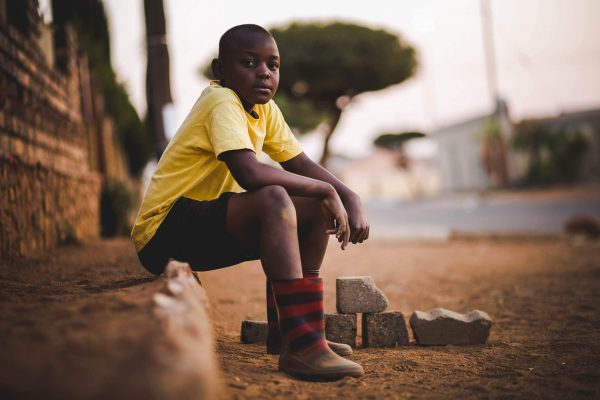
Addressing Malnutrition
UMR, in collaboration with UNICEF and the County Government of Wajir’s Department of Health, addresses food security through the Adopt a Village project.
By implementing Community Health & Nutrition Outreaches, UMR provides services directly to communities at the village level. Services include treatment for ailments, antenatal care, immunization, malnutrition screening and treatment, and water sanitation and hygiene services.
Access to Clean Water
UMR has successfully implemented water projects in drought-prone areas of Wajir in Northern Kenya. With 35 shallow wells and 1 borehole, UMR provides clean and safe water to approximately 26,000 individuals in 5,000 households. To ensure long-term functionality and community ownership, UMR has shifted to solar or fuel-operated water wells equipped with storage tanks. Water user committees collect small fees from community members for maintenance, fostering community ownership and sustainability.
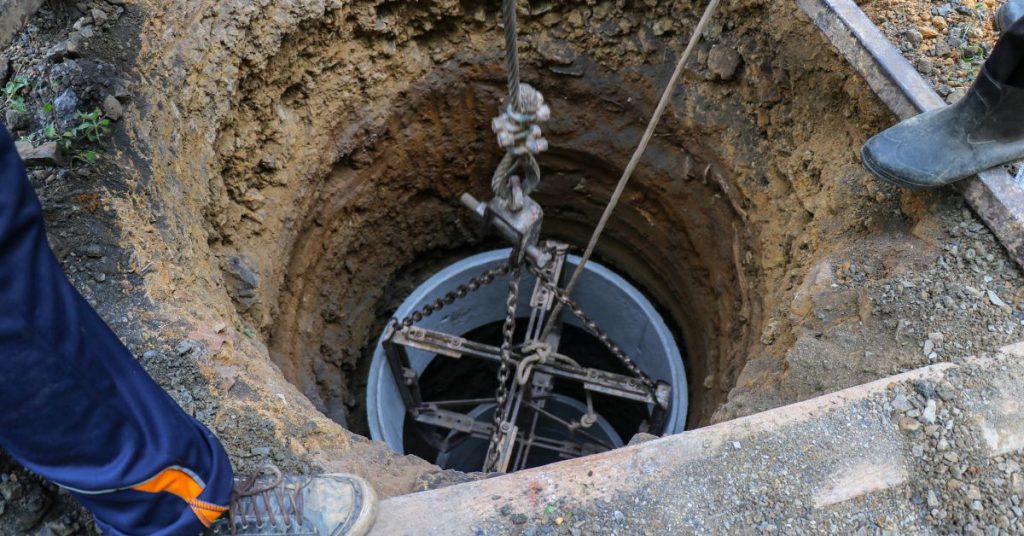
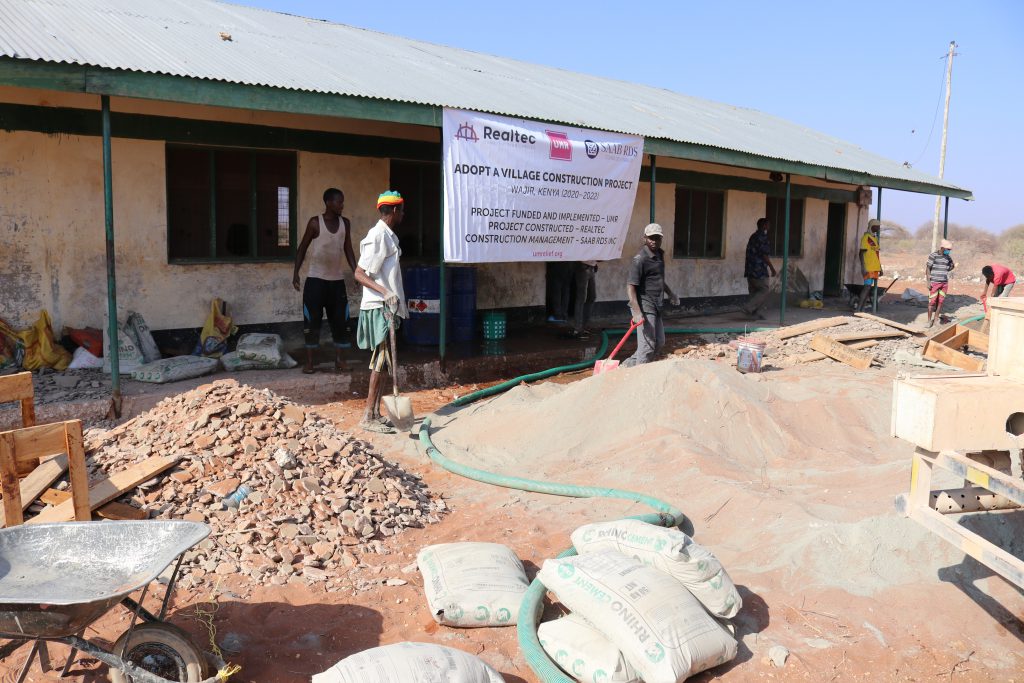
Access to Education
UMR has contributed significantly to the education sector in Kenya by distributing school backpacks and stationery items to over 18,000 students in primary schools.
Renovation and construction projects at Elmi Primary School have created a conducive learning environment with renovated classrooms, a reliable water source, improved sanitation facilities, a kitchen, dining hall, and a dispensary. Additionally, UMR is connecting the drilled borehole through a water network to ensure surrounding villages have household-level access to water, promoting hygiene practices.
Empowering Orphans / Breaking the Cycle of Poverty
UMR recognizes the ongoing need to uplift children and families out of poverty and has taken significant steps to aid orphans and vulnerable children through its sponsorship project. Each year, UMR sponsors 100 orphans, offering them vital support in the areas of health, education, food, and special gifts during Eid.
Through sponsorship, UMR ensures that these children have the chance to attend school and access healthcare, benefiting not only them but also their families. By improving their living conditions and enhancing their overall well-being, UMR promotes their physical and mental health. Educational support empowers them with knowledge and skills, creating opportunities for a brighter future. The provision of nutritious food addresses their nutritional needs, combating malnutrition and supporting their growth and development. Additionally, special gifts during Eid bring joy and a sense of belonging to these vulnerable children, fostering a positive and nurturing environment.
UMR’s sponsorship project represents a vital step towards breaking the cycle of poverty and providing essential support to orphans and vulnerable children in Wajir County. By addressing their immediate needs and investing in their long-term well-being, UMR makes a significant impact on their lives while contributing to the overall development of the community.



Empowering Impact: In-Kind, Medical equipment and Medicines Delivery
To enhance the healthcare infrastructure and services, UMR has facilitated the donation of medical equipment and supplies worth millions of dollars to the Wajir County Referral Hospital. This donation was made possible through a Memorandum of Understanding (MoU) signed between UMR Kenya and Wajir County in March 2019. Under the terms of the MoU, UMR pledged to provide in-kind donations up to the port of Mombasa, while Wajir County took responsibility for the goods’ clearance and distribution.
UMR has successfully received two containers of medical equipment and medicine, which will significantly contribute to improving healthcare in the region. The donated resources include a wide range of multi-disciplinary equipment, such as surgical instruments, general ward supplies, gynecological tools, orthopedic devices, anesthetic equipment, non-pharmaceutical items, dental supplies, and other essential medical materials. These resources equip healthcare professionals at the Wajir County Referral Hospital with the necessary tools to provide comprehensive and quality care to the community.
UMR continues to work closely with local authorities, healthcare institutions, and stakeholders to overcome challenges and ensure sustainable access to quality medicines in Wajir County. Through these efforts, UMR aims to make a lasting impact on the healthcare system, promoting better health outcomes for the community.
Facts About Wajir County
For large herds of camels and cattle. Livestock and livestock production support more than 70% of the population. However, despite government and NGO investments, poverty levels remain high, reaching 84% in Northern Kenya. Historical factors, weak governance, and climate change contribute to this poverty, resulting in high unemployment rates in pre-urban centers. Many individuals turn to small-scale businesses as alternative livelihoods to support urban families.
Wajir County, located in the former Northeastern Province of Kenya, is known for its underdevelopment compared to other regions in northern Kenya. The county has a population of 661,941 and covers an area of 55,840.6 square kilometers, with its capital and largest town being Wajir.
Most of the county’s population belongs to the ethnic Somali community and resides in four villages: Bulla Elmi, Bulla Abdiaziz 1, Bulla Abdiaziz 2, and Bulla Hareri.
Historically marginalized, Wajir has been a host to refugees for two decades, leading to challenges in service delivery, infrastructure, economic opportunities, climate change impacts, and security. These issues reflect the state of the county’s health and education systems, infrastructure, and poverty levels.
The primary economic activity in Wajir County is pastoralism, supplemented by some agro-pastoralism in the northern part of the county. The vast lands in Wajir serve as grazing pastures.
Wajir County has a significant proportion of children, with 0-14-year-olds comprising 52% of the population. This can be attributed to high fertility rates, as indicated by household sizes exceeding seven members in 68% of households. However, the proportion of children aged 0-4 is relatively lower due to high infant and under-five mortality rates.
The four villages in Wajir County face multiple challenges regarding basic services. These challenges include climate change, water scarcity, sanitation and hygiene issues, food security, communicable and waterborne diseases, malnutrition, unsafe housing, poor school infrastructure, limited child protection services, and restricted access to basic amenities.
UMR's Journey of Transforming Wajir County, Kenya
Appreciation letter

















